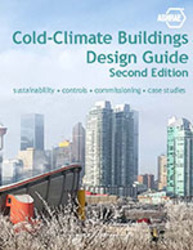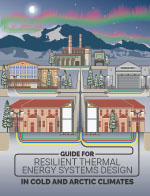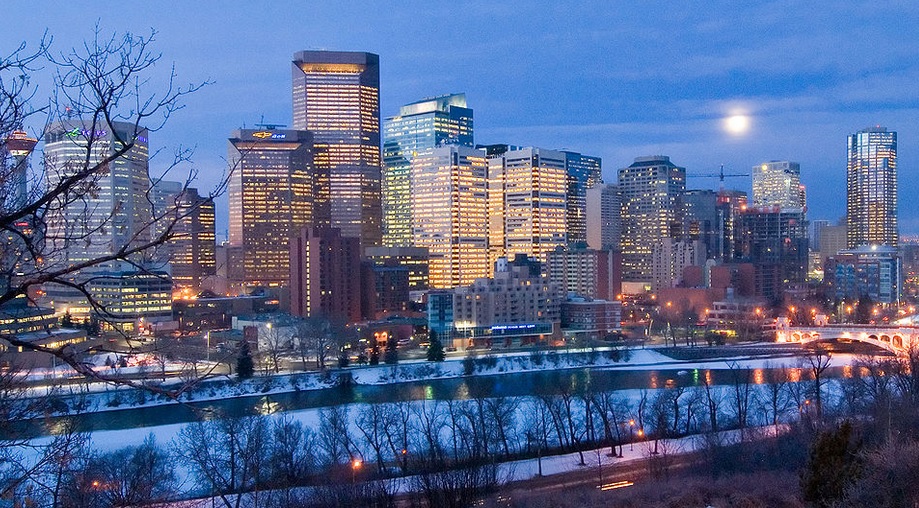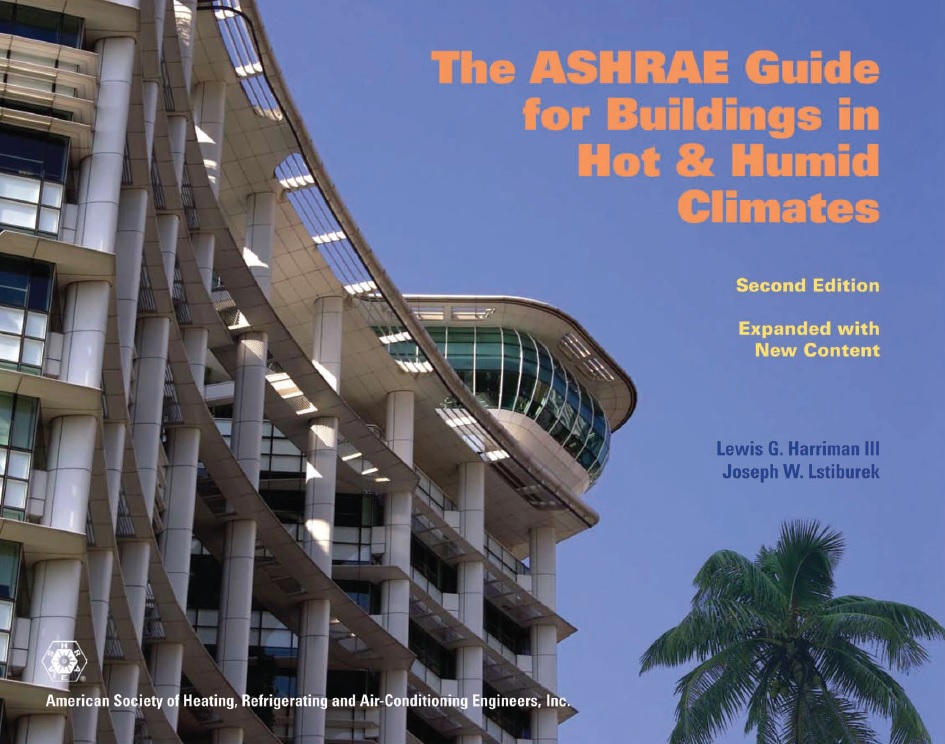Expert Knowledge on Buildings in Cold, Arctic, and Subarctic Climates

Chapters cover:
- Building design
- HVAC calculations
- System design
- Human comfort and IEQ
- Utilities
- Sustainability
- Controls
- Commissioning
- Residential buildings
- Construction in cold climates
- Operation and maintenance
- Seasonal and off-grid facilities
- Oil and gas facilities in cold climates
In addition, an appendix showcases nine buildings in both cold and extreme cold climates that serve as exemplary case studies in the field in terms of cold-climate design as well as building efficiency.
PURCHASE
Some of the many challenges unique to buildings in cold, arctic, and subarctic climates include low temperatures and extreme temperature shifts, permafrost, remoteness, and limited utilities. Structures built in cold climates must meet these challenges while simultaneously maintaining occupant comfort and ideally minimizing the buildings’ impact on the environment.
The key to designing, building, commissioning, maintaining, and operating efficient and longlasting cold-climate structures that are both comfortable for occupants and sustainable is strategic design. The knowledge provided in this book can guide all building team members—from the designer and architect to the commissioning authority—through the initial planning to the completion of a cold-climate building.
This second edition of Cold-Climate Buildings Design Guide expands on the knowledge of cold-climate buildings by updating the existing chapters, which cover building design, HVAC calculations, system design, sustainability, controls, and commissioning. It also includes additional information on residential buildings, construction in cold climates, operation and maintenance, seasonal and off-grid facilities, and oil and gas facilities in cold climates. An appendix showcases nine buildings in both cold and extreme cold climates that serve as exemplary case studies in the field in terms of cold-climate design as well as building efficiency.
Also Available
 Guide for Resilient Thermal Energy Systems Design in Cold and Arctic Climates
Guide for Resilient Thermal Energy Systems Design in Cold and Arctic Climates
This Guide is designed for energy systems designers, architects, energy managers and building operators and is a valuable resource for those who are involved in building planning and operation in cold and arctic climates. This Guide, with its focus on resilience of thermal energy systems, is meantto complement the ASHRAE Cold-Climate Buildings Design Guide, Second Edition (ASHRAE 2021).
Purchase
 7th International Cold Climate HVAC Conference Proceedings
7th International Cold Climate HVAC Conference Proceedings
This flash drive contains all conference proceedings from Cold Climate HVAC 2012. The conference provided key elements of a strategy by which scientists, designers, engineers, manufacturers and other decision makers in cold climate regions can achieve good IEQ, with minimum use of resources and energy.
Purchase
 The ASHRAE Guide for Buildings in Hot and Humid Climates, 2nd Ed.
The ASHRAE Guide for Buildings in Hot and Humid Climates, 2nd Ed.
The expanded edition includes information on building enclosures, dehumidification, sustainability, mold avoidance, energy reduction, and much more - all tightly focused on the needs of owners, architects, and engineers who build and manage buildings in hot and humid climates.
Purchase